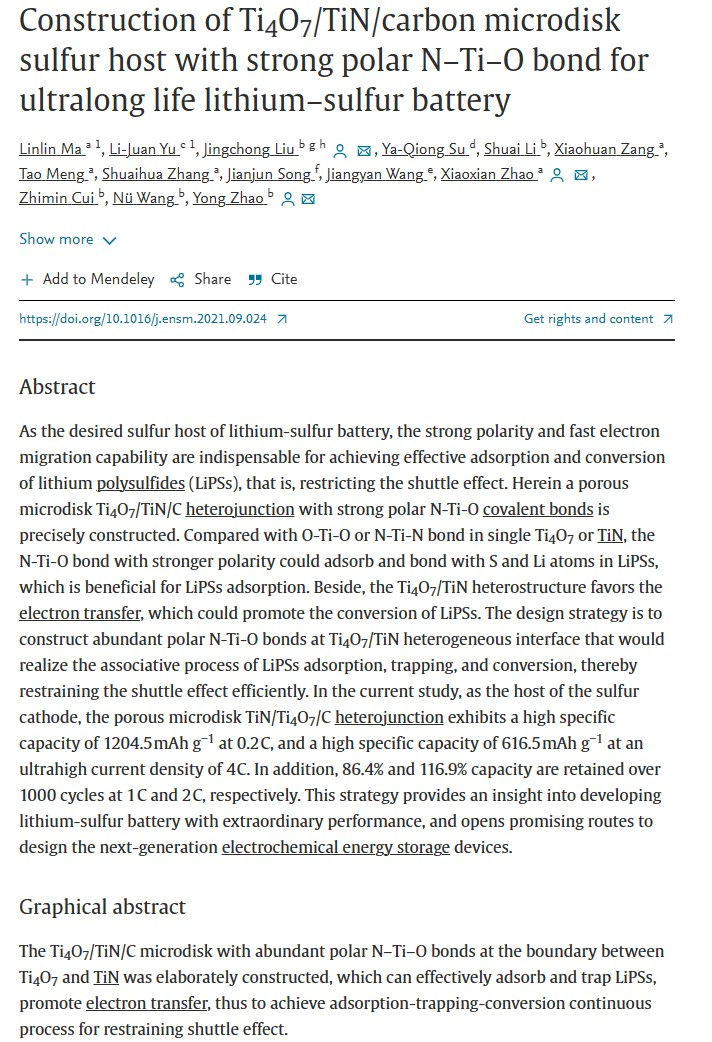EO of highly stable halogenerated hydrocarbons via hydroxyl radical using Magnéli Phase electrdoes
- Marketing
- Aug 15, 2023
- 2 min read
Documenting electrochemicall oxidation of highly stable halogenated hydrocarbons via hydroxyl radical using Magnéli Phase ceramic electrodes...
"Electrochemical Production of Hydroxyl Radical at Polycrystalline Nb-Doped TiO2 Electrodes and Estimation of the Partitioning between Hydroxyl Radical and Direct Hole Oxidation Pathways”
Janet M. Kesselman, Oleh Weres, Nathan S. Lewis, and Michael R. Hoffmann* W. M. Keck Laboratories, California Institute of Technology, Pasadena, California 91125 ReceiVed: August 30, 1996; In Final Form: October 29, 1996 X
"Abstratct: The use of TiO2 as a photocatalyst for the destruction of organic chemical pollutants in aqueous systems has been extensively studied. One obstacle to the effective utilization of these systems is the relatively inefficient use of the solar spectrum by the photocatalyst. In addition, light delivery to the photocatalyst can be impeded by UV-absorbing components in mixed effluent streams. We present a novel use of TiO2 as a catalyst for the oxidative degradation of organic compounds in water that uses a potential source instead of light to generate reactive oxidants. Application of an anodic bias of >+2 V vs NHE to titanium electrodes coated with niobium-doped, polycrystalline TiO2 particles electrochemically generates hydroxyl radicals at the TiO2 surface. This process has been demonstrated to efficiently degrade a variety of environmentally important pollutants. In addition, these electrodes offer a unique opportunity to probe mechanistic questions in TiO2 catalysis. By comparing substrate degradation rates with increases in current density upon substrate addition, the extent of degradation due to direct oxidation and •OH oxidation can be quantified. The branching ratio for these two pathways depends on the nature of the organic substrate. Formate is shown to degrade primarily via a hydroxyl radical mechanism at these electrodes, whereas the current increase data for compounds such as 4-chlorocatechol indicate that a higher percentage of their degradation may occur through direct oxidation. In addition, the direct oxidation pathway is shown to be more important for 4-chlorocatechol, a strongly adsorbing substrate, than for 4-chlorophenol, which does not adsorb strongly to TiO2..."
to read the full article, click here.






Comments